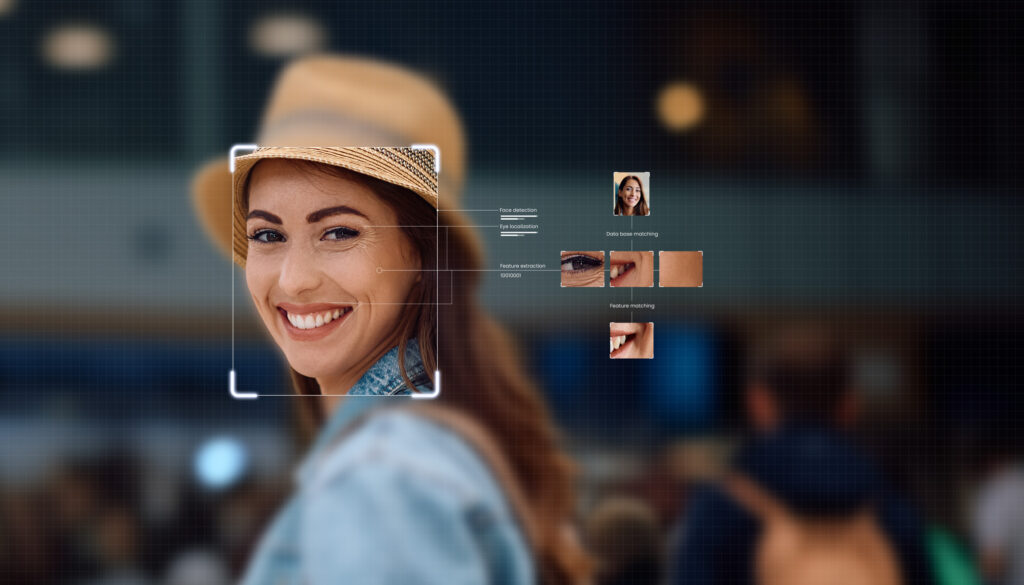As rapid advancements set higher standards for security, trust, and privacy, digital identity adapts to meet these demands. In 2025, breakthroughs in AI, X computing, cybersecurity, and regulatory innovation will drive the evolution of identity solutions.
At Facephi, we’re at the forefront of these changes, committed to delivering safer, more resilient ways to protect digital identities. Let’s explore the trends that will shape the future of identity in the coming year.
How artificial intelligence will redefine digital identity in 2025
Automation, Augmentation, and Acceleration will solidify as the primary driving forces behind AI adoption and innovation in 2025. Key advancements in AI implementations, human to machine, and machine to machine interactions, capabilities such as Composite AI, Embodied AI, or AI-to-AI conversations will enhance cutting edge AI and technology solutions.
-
Composite AI:
the integration of multiple AI systems working together to deliver enhanced outputs -
Embodied AI:
which merges Machine Learning, Robotics, and Natural Language Processing to enable robots to perceive, act, and collaborate -
AI-to-AI communication:
where two (or more) large language models (LLMs) engage in dialogue based on related prompts,
Finally, regulation will play a pivotal role in determining the pace and scope of AI innovation. Ecosystems with stricter regulatory frameworks will offer stronger data privacy protections but may lag in terms of access to innovative technologies that could enhance user experiences and accessibility through automation, augmentation, and acceleration.
Key advances in Computing X
As major tech giants like Amazon, Microsoft, and Google plan to rely on nuclear energy to meet their energy demands in the coming decade, this highlights the growing need for more efficient supercomputing to power advanced AI technologies. In this context, three key computing paradigms are expected to play significant roles:
Quantum Computing:
although still in its early stages, quantum computing is steadily progressing and holds promise for solving complex AI problems that are currently beyond the reach of classical computers.
Neuromorphic Computing:
this event-driven, highly efficient paradigm mimics the human brain and has the potential to revolutionize the way AI processes information.
Photonic Computing:
a promising technology that leverages silicon photonics to transmit and process data using light, capturing the attention of major players like Google.
The ongoing innovations and tensions within the chipmaking industry, both technological and geopolitical, will further drive advancements in AI automation, augmentation, and acceleration. These innovations, coupled with breakthroughs in edge computing, will facilitate the adoption of hyper-personalized AI-enhanced products. Technologies such as Meta’s Orion smart glasses will bridge the gap between humans and AI, blending physical and digital experiences.
2025 is poised to be the year of X Computing—encompassing Super, Spatial, Quantum, Neuromorphic, Photonic, and Edge Computing—ushering in a transformative era of technological advancements.
Curious about how cybersecurity, data decentralization, carbon footprint, regulation, and digital trust will impact digital identity in 2025? Don’t miss Part 2 of Key Digital Identity Trends to Watch in 2025!






